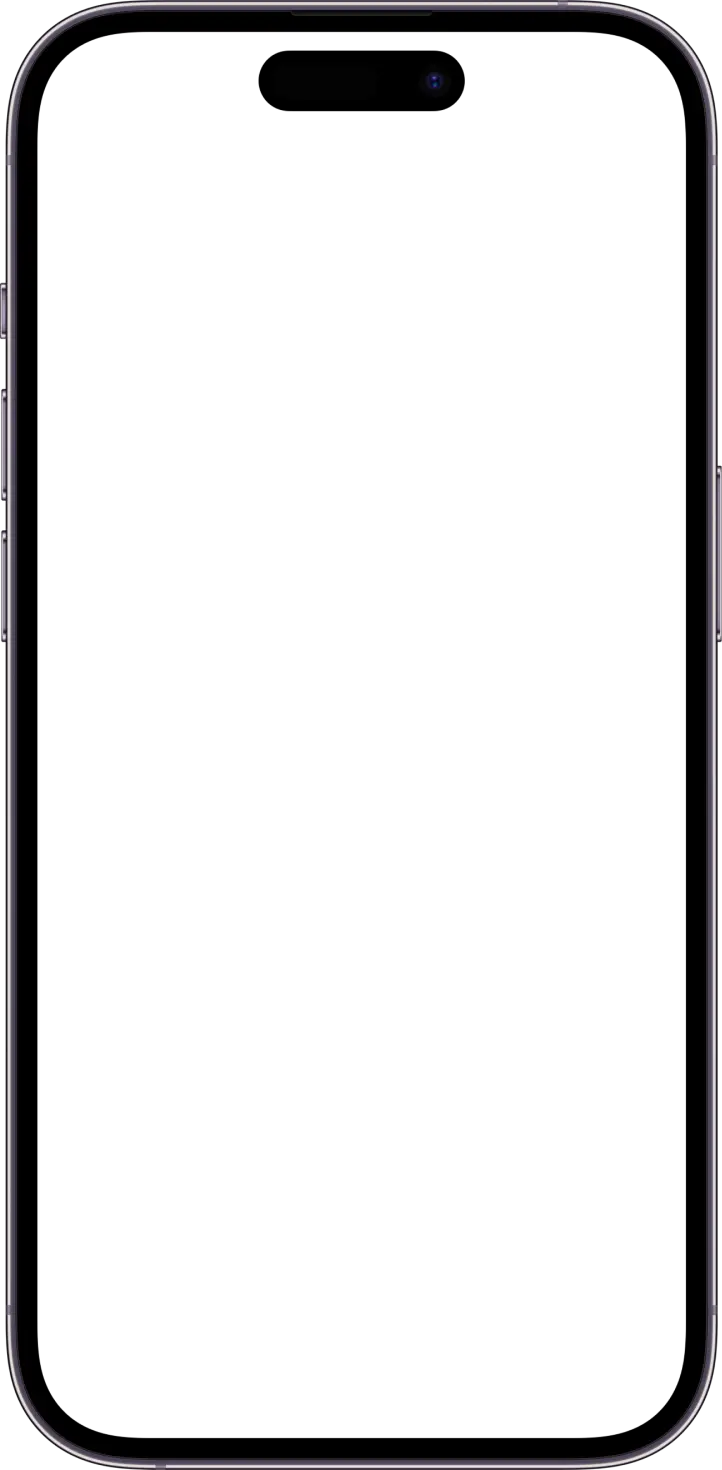ADHDone
Time and Task Management Tool for Students With ADHD.
ROLE
UX/UI Designer
tool
Figma
YEAR
2023
Project Overview
Develop a digital tool to assist students with ADHD in improving focus, organization, and time management to enhance academic performance and personal well-being.
Timeline
From research to final prototype in 5 weeks.
Background
Process
This category details the step-by-step approach taken during the project.
Stage 1: Empathize
Conducted market research to identify existing time and task managing challenges and user preferences. Research methods included user interviews, competitive analysis, and user personas.
Stage 2: Define
Clearly articulate the problem to be solved and the goals of the project.
Stage 3: Ideate
Generate ideas and solutions to address the identified problems and needs.
Stage 4: Prototype
Create wireframes and prototypes to visualize the solution and gather initial feedback.
Stage 5: Test
Evaluate the usability and effectiveness of the prototype with real users.
Stage 1: Empathize
We need to understand the needs, challenges, and behaviors of students with ADHD to inform the design of a digital tool.
Research
Competitive Analysis
Analyzed existing tools that offer features like reminders, planners, focus timers, and streak tracking to understand the current market and identify gaps.
User Interviews
Conducted interviews with a diverse group of participants, including high school students, college students, a dental school student, a working adult, and a guardian.
Key Insights: Students with ADHD struggle with
inattention
procrastination
time management
executive functioning deficits
Competitive Analysis
Existing tools often lack comprehensive features and accessibility.
Users need an integrated tool that combines multiple functionalities to manage time and tasks effectively.
Stage 2: Define
We need to clearly articulate the problem to be solved and the project's goals.
Problem Statement
Design a digital tool to help students with ADHD stay focused and organized.
Research Objectives
Understand the daily challenges faced by students with ADHD.
Identify the tools and devices they currently use.
Discover what motivates them to stay on track and organize their tasks.
Determine their academic and personal goals.
Identify specific moments when they need support.
User Goals
Enhance focus and productivity.
Organize tasks, assignments, study sessions, and personal events.
Improve time management.
Business Goals
Attract a significant user base among students with ADHD.
Gain recognition in the educational and mental health technology sectors.
Stage 3: Ideate
Generate ideas and solutions to address the identified problems and needs.
Feature Sets
Routine: Create and customize daily, weekly, or monthly routines with reminders and notifications.
Calendar: Plan events and schedules, and set priorities.
Focus Timer: Break tasks into intervals with ambient sounds to enhance focus.
User Personas
Creating user personas helped to guide my ideation processes, and they helped to achieve the goal of creating a good user experience for my target user group.
User Personas: Goals
The gamer
Sustain attention on a single task and maintain focus.
Complete schoolwork on time and efficiently.
Work on one task at a time.
The deadline fighter
Become a master of balance by juggling schoolwork, immersing herself in her favorite clubs, and cherishing moments with friends.
The restless dental student
Implement effective time management strategies and prioritize self-care.
Maintain a healthy equilibrium between rigorous study sessions and rejuvenating breaks.
Stage 4: Prototype
Create wireframes and prototypes to visualize the solution and gather initial feedback from user testing.
Design
Key Features
Routine: Customizable routines with notifications.
Calendar: Integrated calendar for scheduling events and setting priorities.
Focus Timer: Breaking tasks into intervals separated by short breaks. The work and break intervals are repeated in cycles.
Memo: Capture thoughts, ideas, or tasks easily with text, voice, or images.
Stage 5: Test & Iterations
Evaluate the usability and effectiveness of the "Routine" feature with real users.
Usability Test
Participants
5 students (high school, college, and higher education)
All iOS users
Task Flows
Task 1: Create a new routine with instructions.
Task 2: Add a new task ‘check to-do list’ to the ‘Weekday’ routine with alerts.
Task 3: Add a new event ‘Math Exam’ to the home calendar. (To make sure users can recognize the difference between the "Routine" and "Calendar" features.)
Results
Success rate: 100%
Error Rate: 20%, under 3 errors per task
Insights and Improvements
Rage tap
Need clear instructions indicating the ‘repeat’ selection has been saved when setting up a routine
Users were uncertain whether the event they created had been saved in the calendar or not
Conclusion
The ADHDone project successfully addressed the unique needs of students with ADHD by providing an integrated tool for managing time, tasks, and focus.
Through comprehensive research and iterative design, the final product proved to be user-friendly and effective, receiving positive feedback from usability testing.
This case study demonstrates the importance of user-centered design and iterative development in creating solutions that truly meet user needs.
Moving forward, further improvements and expanded testing will continue to enhance the app's functionality and user experience.










